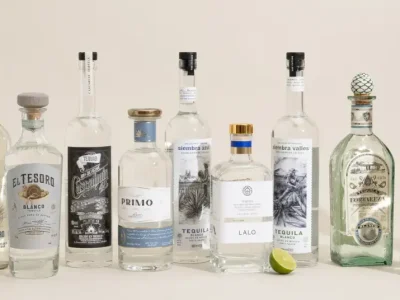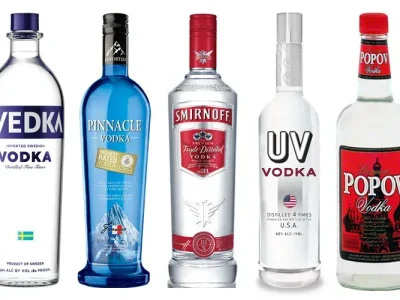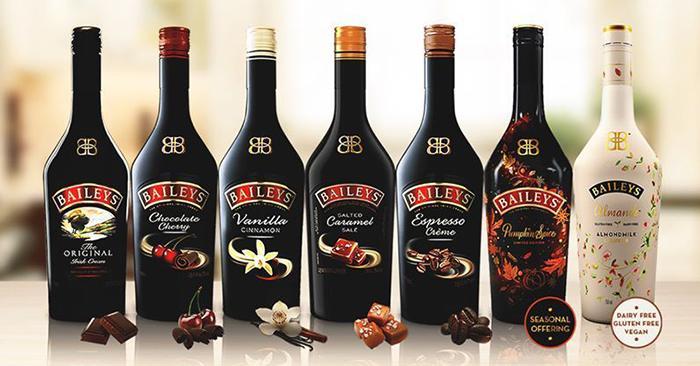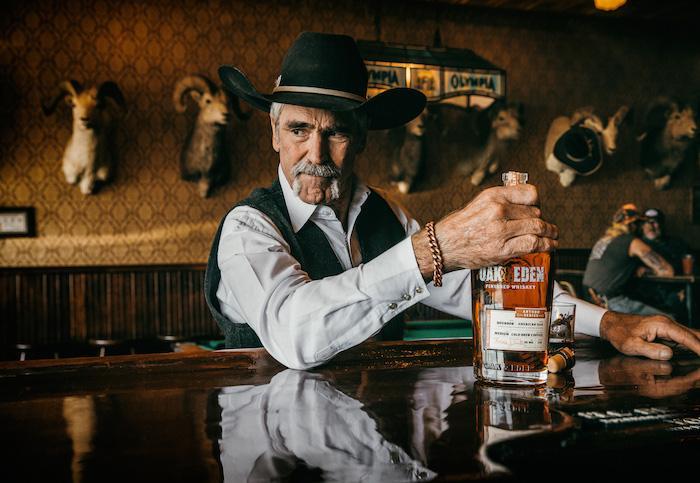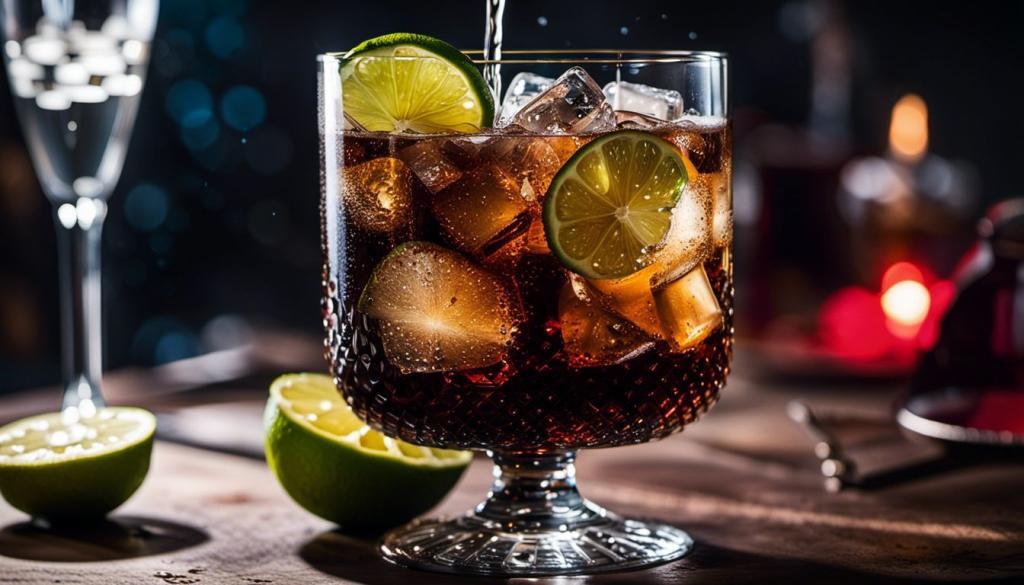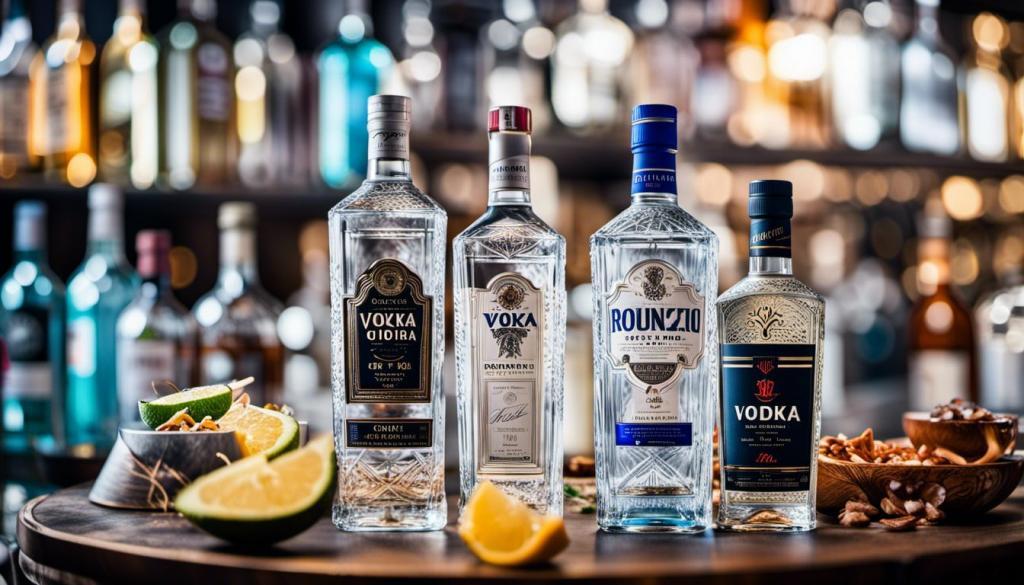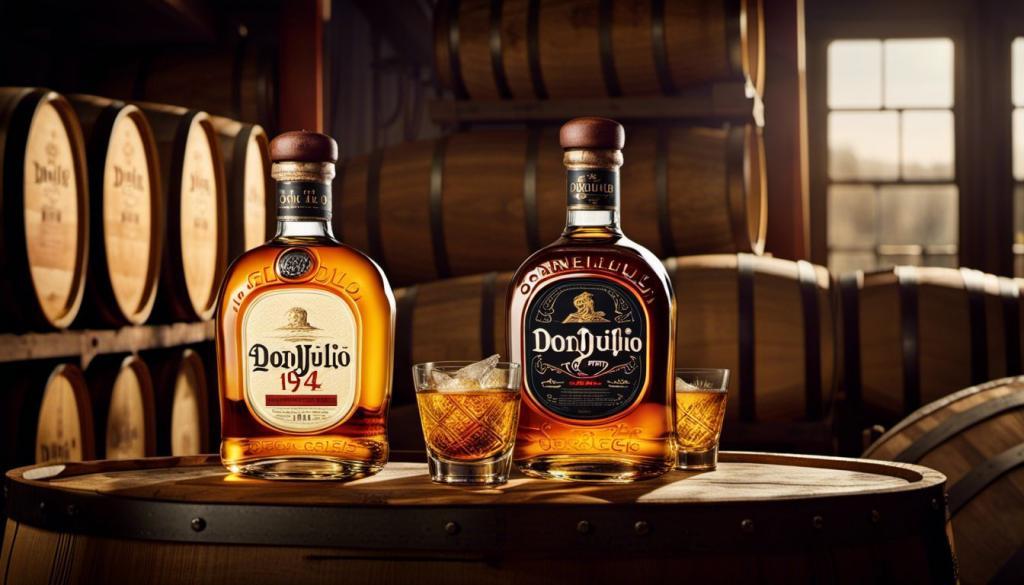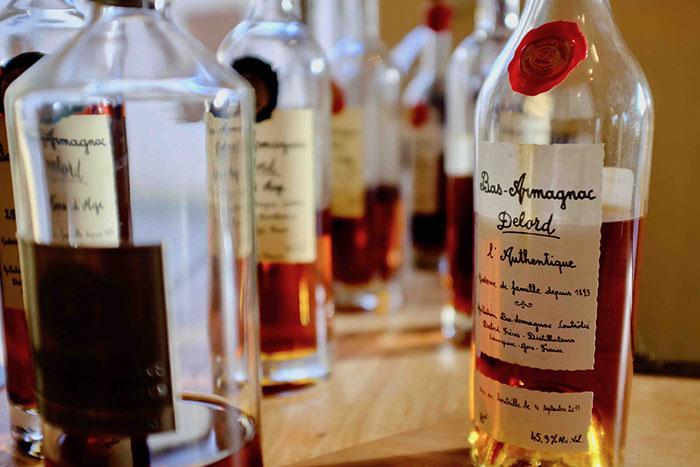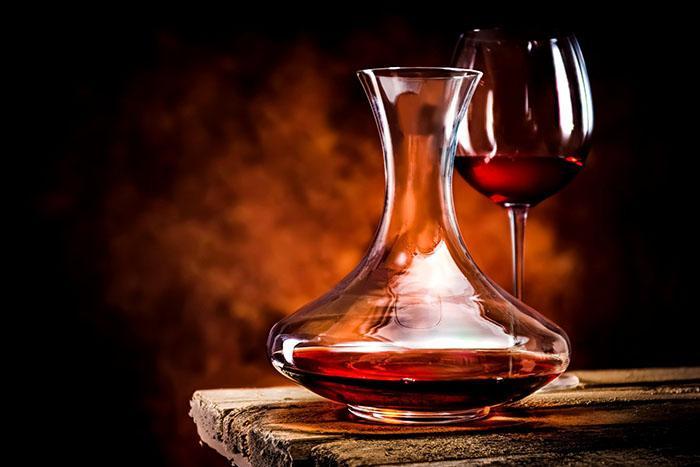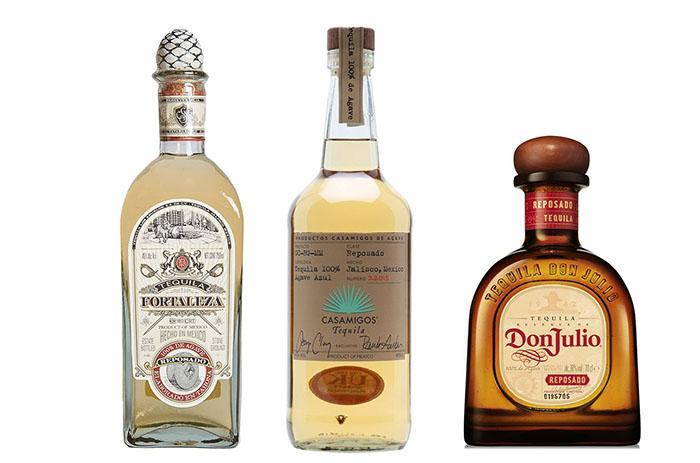This blog post will offer you comprehensive insights into the factors influencing the shelf life of your beloved drink and how best to store it for optimal longevity.
Welcome aboard, let’s dive right in!
You Are Watching: How Long Does Whiskey Last Updated 12/2025
Factors that Impact Whiskey’s Shelf Life
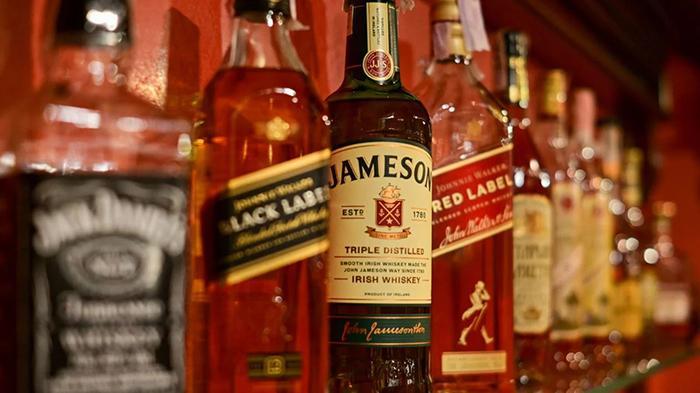
Exposure to light
Prolonging the freshness and flavor of your favorite whiskey starts by understanding how to store it properly. Light exposure, particularly sunlight, can significantly reduce the lifespan of your whiskey.
The UV rays in sunlight can break down the molecules that give whiskey its unique taste and aroma, causing a noticeable change over time.
Even indoor lighting is not entirely safe as it too can cause gradual changes in flavor if your bottles are left exposed for long periods.
Hence, storing your unopened or opened bottle of whiskey in a dark place, away from direct light sources, ensures optimal quality maintenance while also extending its longevity beyond expectations.
Temperature fluctuations
Temperature fluctuations can have a significant impact on the shelf life of whiskey. When exposed to extreme temperature changes, such as going from hot to cold or vice versa, the liquid inside the bottle expands and contracts.
This expansion and contraction can cause the cork or seal to become less effective, allowing air to enter the bottle and oxidize the whiskey.
Oxidation alters the flavor profile of whiskey, often resulting in a flat or dull taste.
To preserve its quality, it is essential to store your whiskey in a cool and stable environment with minimal temperature fluctuations.
Avoid placing your bottles near heat sources or in fluctuating temperatures like kitchens or sunny windowsills.
Oxygen exposure
Exposure to oxygen is one of the key factors that can impact the shelf life of whiskey. When whiskey comes into contact with oxygen, it undergoes a process called oxidation, which can lead to changes in flavor and quality over time.
The longer a bottle of whiskey is exposed to oxygen, the greater the chance that it will start to deteriorate.
This is why it’s important to properly seal an opened bottle of whiskey and minimize air exposure as much as possible.
By using a tight-fitting cork or cap and storing the bottle upright, you can help prevent excessive oxidation and preserve the flavors of your favorite spirit for longer periods of time.
The Effects of Aging on Whiskey
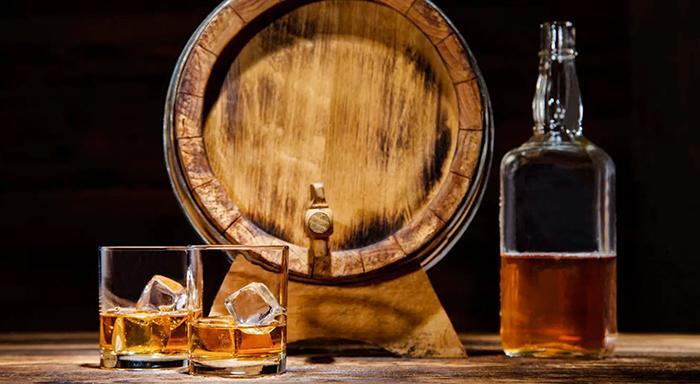
How aging affects flavor
As whiskey ages, it undergoes a fascinating transformation that greatly impacts its flavor profile. The aging process allows the whiskey to interact with the wood of the barrel, absorbing compounds and flavors that contribute to its unique taste.
Read More : What Is Disaronno Updated 12/2025
Over time, this results in a smoother and more complex whiskey with deeper flavors and aromas.
However, it’s important to note that there is a sweet spot for optimal aging – typically within the first few years.
After this point, while some whiskies may continue to improve, others can reach their peak and start to decline in quality.
So if you’re looking for a bold and robust flavor experience, opt for older bottles; but remember that not all whiskies benefit from extended aging!
How to determine if whiskey is still drinkable
One way to determine if whiskey is still drinkable is by examining its appearance and smell.
Fresh whiskey should have a clear and vibrant color, free from any sediment or cloudiness. If you notice any discoloration or particles floating in the liquid, it may be a sign of spoilage.
Additionally, take a whiff of the whiskey and check for any off-putting odors such as vinegar or rotten fruit. Whiskey that has gone bad will often have a distinct sour or unpleasant smell.
Another method to assess the drinkability of whiskey is through tasting it. Take a small sip and pay attention to the flavors on your palate.
A well-preserved whiskey should have complex notes with a smooth finish, while spoiled whiskey might taste sharp, bitter, or flat.
Proper Storage and Preservation of Whiskey
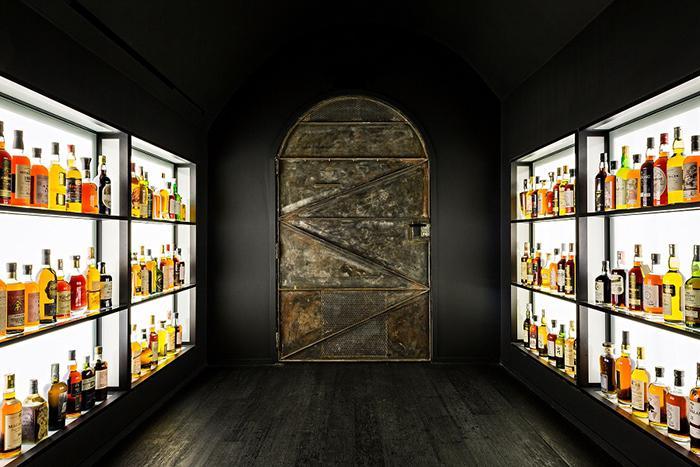
Keep bottles in a cool, dark place
To ensure the longevity and quality of your whiskey, it’s essential to store it in a cool, dark place. This helps prevent temperature fluctuations that can negatively impact its flavor profile over time.
Exposure to heat and light can speed up the aging process of whiskey, leading to an undesirable taste.
By keeping your bottles away from direct sunlight or sources of heat, you’re preserving the integrity of the whiskey and ensuring it remains enjoyable for years to come.
Avoid temperature extremes
Proper storage plays a crucial role in preserving the quality and flavor of whiskey, and avoiding temperature extremes is key.
Fluctuations in temperature can cause the liquid inside the bottle to expand and contract, which can lead to leakage or spoilage over time.
It is recommended to store whiskey in a cool place with consistent temperatures between 15-20 degrees Celsius (59-68 degrees Fahrenheit).
Extreme heat can accelerate evaporation and alter the taste of whiskey, while extreme cold can freeze it and potentially cause irreversible damage.
By keeping your bottles away from direct sunlight or sources of heat, you can ensure that your whiskey remains at its best for longer periods of time.
Use proper sealing methods
Properly sealing your whiskey bottles is crucial to preserving its flavor and quality over time.
Read More : What Is Grog Updated 12/2025
When it comes to storing opened whiskey, ensuring an airtight seal is essential. This can be achieved by tightly resealing the original cap or cork after each use.
If the original packaging no longer provides a tight seal, consider transferring the whiskey to a smaller bottle that fits snugly with minimal air space. This helps minimize oxidation and prolongs the shelf life of your whiskey.
By taking these simple steps, you can maintain the integrity of your favorite spirit and continue enjoying its rich flavors for years to come.
Keep in mind that even with proper sealing methods, an opened bottle of whiskey will gradually experience changes in taste due to factors such as oxidation and evaporation.
However, with careful storage practices, you can ensure that these changes occur at a slower pace and still enjoy your cherished bottle long after it has been opened.
Determining the Shelf Life of Whiskey
Average shelf life of unopened whiskey
An unopened bottle of whiskey can potentially last for up to six months if it is less than a quarter full.
However, it’s important to note that whiskey may oxidize quicker if there is less liquid in the bottle.
The quality of whiskey can fluctuate over time, but it is typically considered to be at its best in the first few years.
So, if you’re looking to enjoy the full flavor and aroma of your favorite bottle of whiskey, it’s best to consume it within a reasonable amount of time after purchasing.
Remember, proper storage and preservation methods are key factors in maintaining the longevity and quality of your unopened whiskey.
How long an open bottle of whiskey lasts
Once you’ve cracked open a bottle of whiskey, you might be wondering how long it will stay good for. On average, an opened bottle of whiskey can last up to two years before it starts to lose some of its flavor and characteristics.
However, if you store the bottle properly, away from light and temperature fluctuations, your whiskey can remain enjoyable for even longer.
While the taste may change over time due to oxidation, proper sealing methods and storage in a cool place can help preserve the quality for years to come.
So go ahead, savor that bottle of whiskey knowing it will still bring pleasure long after you first popped the cork or unscrewed the cap.
Tips for maximizing the longevity of whiskey
To ensure that your whiskey stays fresh and enjoyable for as long as possible, here are some tips to maximize its longevity:
- Store it upright: When storing an open bottle of whiskey, make sure to keep it upright. This reduces the surface area exposed to air, minimizing oxidation and helping preserve the flavor.
- Keep it cool: Heat can cause whiskey to degrade faster, so store your bottles in a cool place away from direct sunlight or temperature fluctuations. A dark cupboard or cellar is an ideal spot for long-term storage.
- Seal it tightly: Once opened, seal the bottle tightly with its original cork or a whiskey stopper. This helps prevent excessive oxygen exposure and slows down the oxidation process.
- Avoid frequent temperature changes: Rapid temperature changes can negatively impact the quality of your whiskey. Try to avoid exposing it to extreme temperatures or moving it frequently between different environments.
- Limit exposure to air: When pouring whiskey from an open bottle, minimize the time it spends exposed to air. This can be achieved by pouring smaller quantities at a time or using a wine preservation system that removes excess air from the bottle.
- Monitor liquid levels: As you enjoy your bottle of whiskey over time, keep an eye on the liquid level. If there’s only a small amount left, consider transferring it into a smaller container to reduce oxidation caused by excess air space.
- Avoid contaminating flavors: To preserve the unique flavors of your whiskey, avoid using dirty glasses or mixing it with other drinks that may alter its taste profile.
- Store unopened bottles properly: If you have unopened bottles of whiskey, store them in a cool, dark place and away from strong odors that could potentially impact their flavor.
- Consider investing in vacuum-sealing technology: If you’re serious about preserving the freshness of your whiskey, you may want to invest in vacuum-sealing technology specifically designed for spirits bottles. These systems remove air and create a vacuum seal, extending the shelf life of your whiskey.
- Enjoy it responsibly: Remember that whiskey is meant to be savored and enjoyed. By drinking it mindfully and in moderation, you can ensure that each pour is a pleasurable experience.
Conclusion
In conclusion, the shelf life of whiskey can vary depending on factors such as exposure to light, temperature fluctuations, and oxygen exposure.
While an unopened bottle can last for several years if stored properly, an opened bottle may start to deteriorate in flavor after a few months or up to two years.
Proper storage methods, such as keeping the bottle in a cool and dark place and using sealing techniques, can help maximize the longevity of whiskey.
So whether it’s bourbon or scotch, with proper care, your favorite whiskey can continue to be enjoyed for years to come.
Sources: https://chesbrewco.com
Category: Wine

